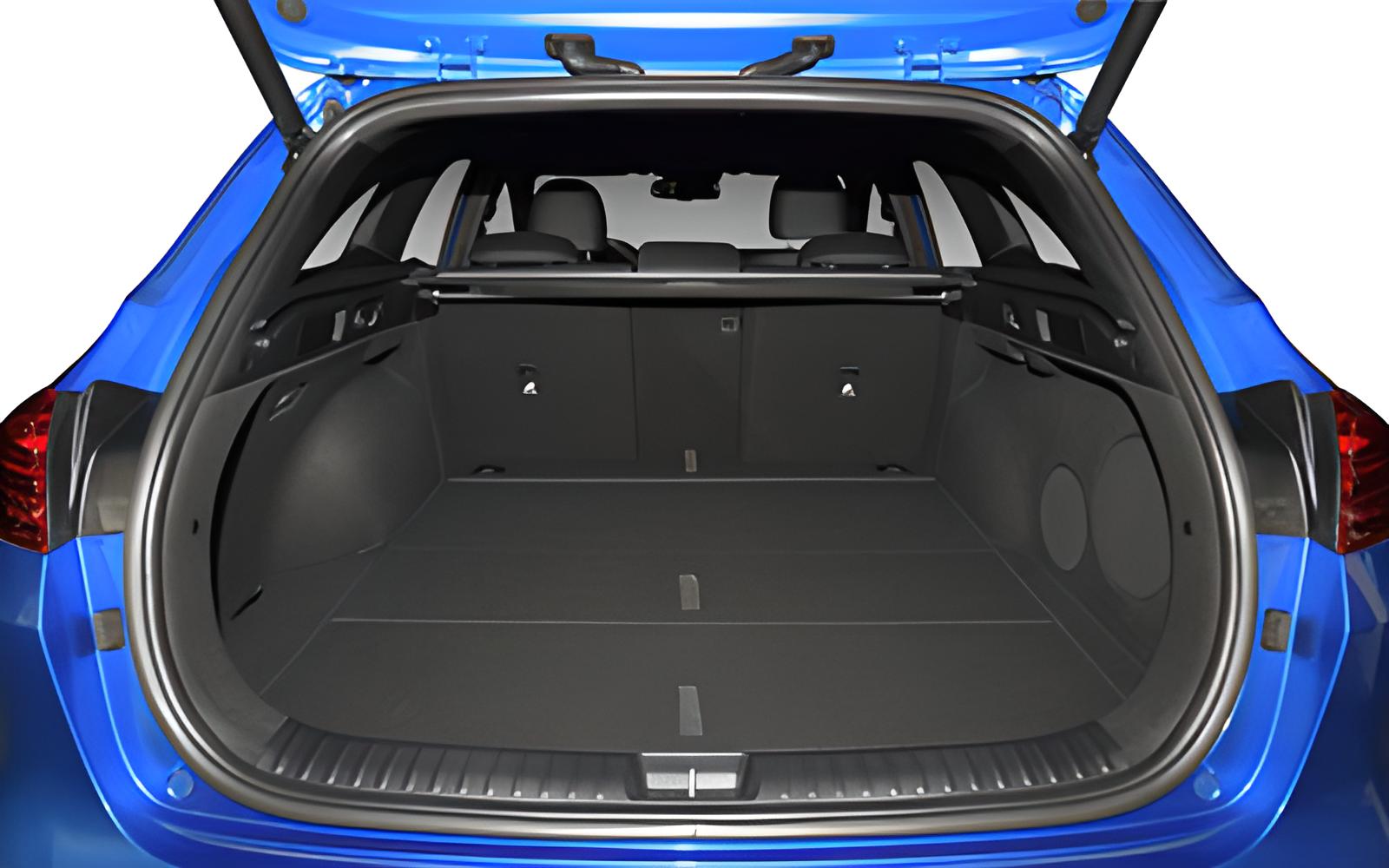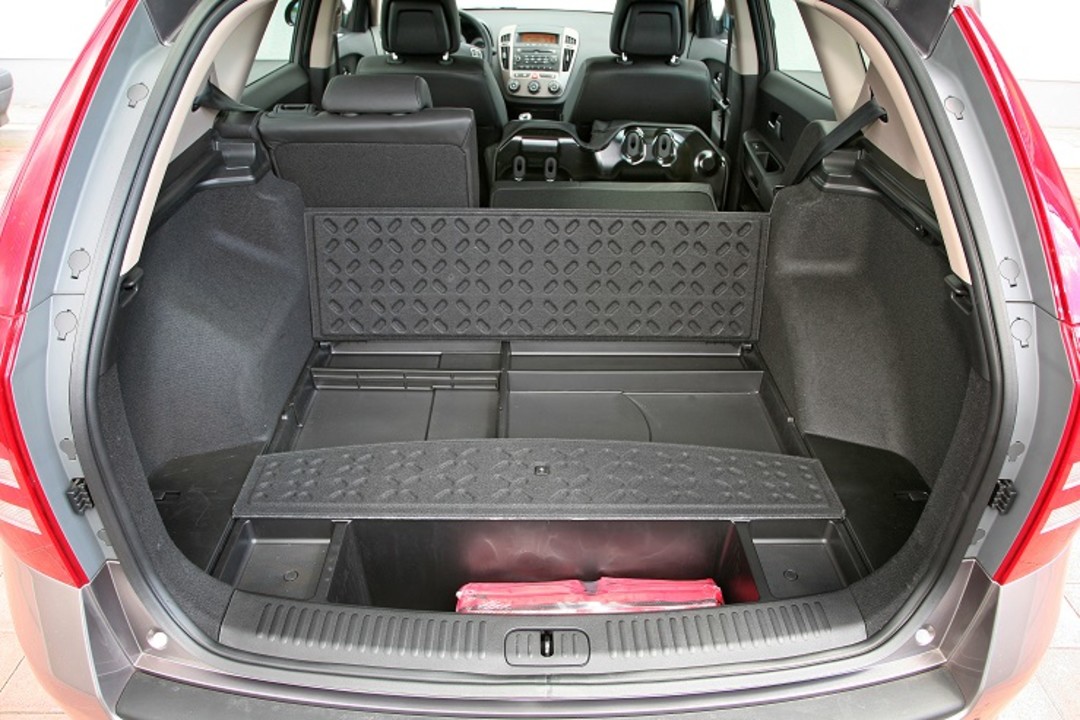Kia Ceed Kombi Kofferraumvolumen: The Real Cargo Numbers Families Want to Know
The Kia Ceed Sportswagon, or “Kombi” as it’s known in many European markets, has become a popular choice for families and anyone seeking practicality without sacrificing style. A key factor driving this popularity? Its generous cargo capacity. But when it comes to the Kia Ceed Kombi Kofferraumvolumen (trunk volume), the official figures don’t always tell the whole story. This article dives deep into the real-world cargo capacity of the Ceed Sportswagon, providing you with the information you need to make an informed decision. We’ll explore the official figures, compare them to competitors, and analyze what these numbers mean for your everyday needs.
Decoding the Official Kia Ceed Kombi Kofferraumvolumen Figures
Manufacturers often use standardized measurement methods, but these can sometimes be less relevant to real-world use. The official Kia Ceed Sportswagon trunk volume is typically measured using the VDA (Verband der Automobilindustrie) method. This involves filling the cargo area with standardized blocks.
Official Figures: Generally, the Kia Ceed Sportswagon boasts a cargo volume of around:
- 625 liters with the rear seats in place. This is the figure you’ll often see quoted.
- 1,694 liters with the rear seats folded down. This provides ample space for larger items.
Important Considerations:
- These figures often include the underfloor storage area, which can vary in size depending on the trim level and options.
- The shape of the cargo area is crucial. A wide, flat floor is more practical than a narrow, deep space.
Real-World Implications of the Kia Ceed Kombi Kofferraumvolumen
While the official figures are a good starting point, understanding the practical implications is key. Let’s break down what this means for everyday use:
- Family Holidays: The 625-liter capacity with the seats up is generally enough for a family’s luggage for a week-long trip, provided you pack efficiently. The 1,694-liter capacity transforms the Ceed Sportswagon into a true cargo hauler, capable of accommodating large suitcases, camping gear, or bulky items.
- Grocery Shopping: The wide opening and relatively flat floor make loading and unloading groceries a breeze.
- Everyday Tasks: Whether it’s transporting sports equipment, carrying DIY supplies, or simply managing the daily chaos of family life, the Ceed Sportswagon’s trunk offers versatility.
- Underfloor Storage: This often-overlooked space is ideal for storing smaller items like first-aid kits, cleaning supplies, or emergency equipment, keeping them out of sight and organized.
Kia Ceed Sportswagon vs. the Competition: Trunk Capacity Showdown
To understand how the Kia Ceed Sportswagon stacks up, let’s compare its trunk volume to some of its key competitors:
- Volkswagen Golf Variant: Offers a similar cargo capacity, usually ranging around 611 liters (seats up) and 1,642 liters (seats down). This makes it a very close competitor in terms of practicality.
- Ford Focus Estate: The Ford Focus Estate typically boasts a slightly larger cargo capacity, often around 608 liters (seats up) and 1,653 liters (seats down).
- Skoda Octavia Combi: Known for its exceptional practicality, the Skoda Octavia Combi often offers a more generous trunk volume, usually around 640 liters (seats up) and 1,700 liters (seats down).
Key Takeaway: The Kia Ceed Sportswagon competes strongly in terms of trunk capacity, offering a competitive and practical space compared to its rivals.
Factors That Influence Usable Cargo Space
While the official figures provide a benchmark, several factors can impact the usable cargo space in the Ceed Sportswagon:
- Optional Equipment: Features like a spare tire (versus a tire repair kit) or a premium sound system can affect the underfloor storage.
- Trim Level: Higher trim levels might include features that take up a small amount of space.
- Practicality Features: Consider features like tie-down hooks, cargo nets, and a retractable luggage cover, which enhance the usability of the cargo area.
- Shape of the Cargo Area: A flat floor and a wide opening significantly improve the ease of loading and unloading.
Conclusion: Is the Kia Ceed Kombi Kofferraumvolumen Right for You?
The Kia Ceed Sportswagon offers a compelling combination of style, practicality, and value. The Kia Ceed Kombi Kofferraumvolumen is a key selling point, providing ample space for families and those with active lifestyles. While the official figures are important, remember to consider the real-world implications, compare it to the competition, and assess your specific needs. Ultimately, the Ceed Sportswagon’s cargo capacity makes it a highly versatile and family-friendly choice in the compact estate segment.
FAQs: Kia Ceed Sportswagon Trunk Capacity
1. How much luggage can I fit in the Kia Ceed Sportswagon with the seats up?
You can typically fit luggage for a family of four for a weekend trip or a smaller family for a longer vacation. The 625-liter capacity is generous for its class.
2. How much space is there with the rear seats folded down?
With the rear seats folded down, you gain access to approximately 1,694 liters of cargo space, making it suitable for transporting large items.
3. Does the Kia Ceed Sportswagon have a split-folding rear seat?
Yes, the Kia Ceed Sportswagon usually features a split-folding rear seat (often 60/40), allowing you to configure the cargo space to accommodate both passengers and larger items simultaneously.
4. Does the Kia Ceed Sportswagon have underfloor storage?
Yes, the Ceed Sportswagon generally includes underfloor storage, providing additional space for smaller items and helping to keep the cargo area organized.
5. Are there any optional features that impact cargo space?
Yes, optional features like a spare tire (versus a tire repair kit) can impact underfloor storage. Also, the inclusion of premium sound systems may slightly reduce available space.




